Latest NRAO News
News is managed by NRAO News & Public Information. Questions about News? Have a story to share? Want to interview a scientist or create new media about our telescopes?
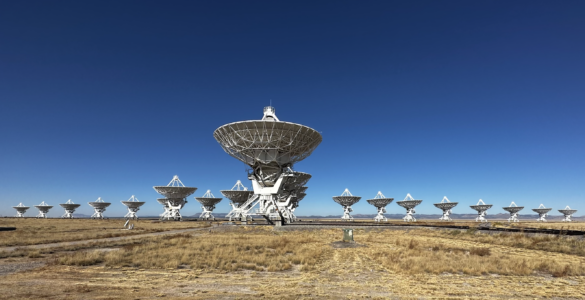
An international team of astronomers has revealed mysterious star formation at the far edge of the galaxy M83. This research was presented today in a press conference at the 243rd meeting of the American Astronomical Society (AAS) in New Orleans, Louisiana. The research used several instruments operated by the National Science Foundation’s National Radio Astronomy Observatory (NRAO), including the Atacama Large Millimeter/submillimeter Array (ALMA), the Karl G. Jansky Very Large Array (VLA), and the Green Bank Telescope (GBT), along with the National Astronomical Observatory of Japan’s (NAOJ) Subaru Telescope and the NASA Galaxy Evolution Explorer (GALEX).
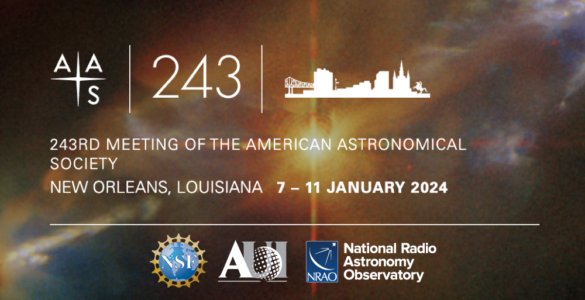
New scientific results from the Atacama Large Millimeter/submillimeter Array (ALMA), the Very Large Array (VLA), and Green Bank Observatory…
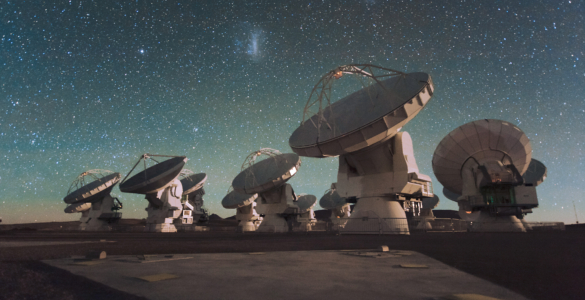
Within the framework of the scientific conference “ALMA 10 years: Past, Present, Future,” which is bringing together 180 astronomers…
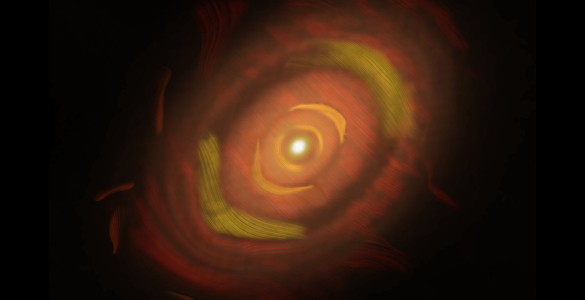
ALMA observes highest resolution dust polarization image ever taken of HL Tauri’s protoplanetary disk, the deepest polarization image of any disk captured thus far.
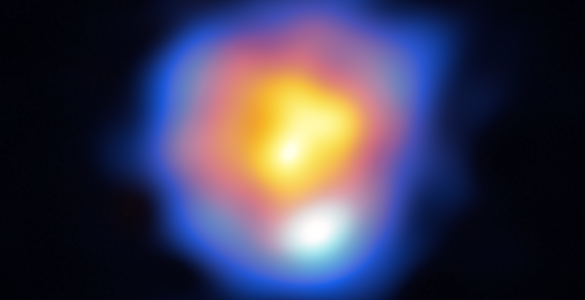
An international team of astronomers has collaborated to improve the capabilities of the Atacama Large Millimeter/submillimeter Array (ALMA), one of the world’s most powerful telescopes. Scientists from the National Science Foundation’s National Radio Astronomy Observatory (NRAO), the Joint ALMA Observatory, the National Astronomical Observatory of Japan (NAOJ), and European Southern Observatory have achieved the highest resolution observation since ALMA began operations, in one of the most challenging array configurations. The results are published today in the Astrophysical Journal.

The National Science Foundation’s National Radio Astronomy Observatory (NRAO) and the National Astronomical Observatory of Japan (NAOJ) are joining…
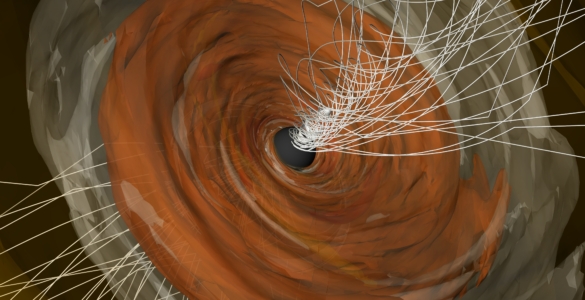
The Event Horizon Telescope (EHT) collaboration has published new results that describe for the first time how light from the edge of the supermassive black hole M87* spirals as it escapes the black hole’s intense gravity, a signature known as circular polarization.
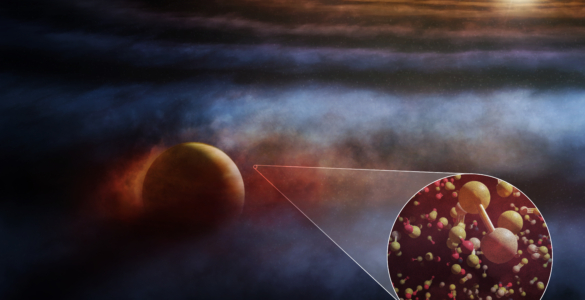
Scientists using the Atacama Large Millimeter/submillimeter Array (ALMA) to study the protoplanetary disk around a young star have discovered the most compelling chemical evidence to date of the formation of protoplanets. The discovery will provide astronomers with an alternate method for detecting and characterizing protoplanets when direct observations or imaging are not possible.
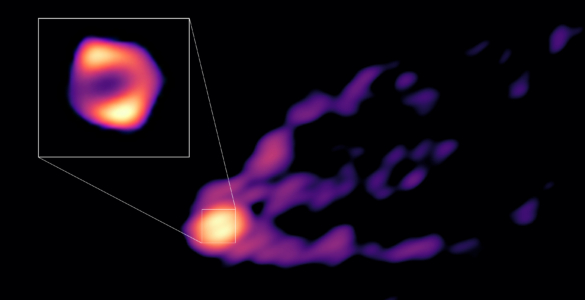
Scientists studying the supermassive black hole at the heart of the M87 galaxy have revealed the origins of the monster’s powerful jet and imaged the jet and its source together for the first time. What’s more, the observations have revealed that the black hole’s ring is much larger than scientists previously believed.
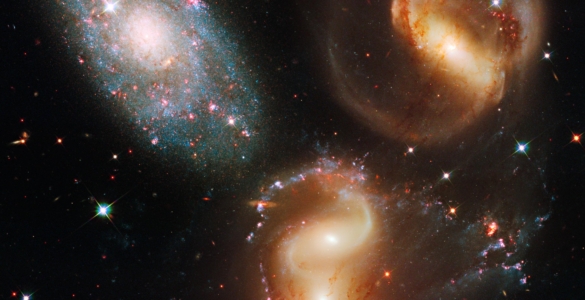
Radio astronomers have observed galaxies billions of light years away. But how do they know just how far away those galaxies are?





